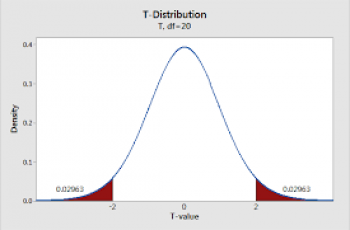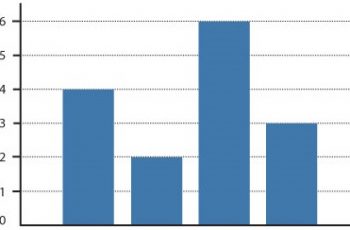Statistical significance is a determination that a relationship between two or more variables is caused by something other than chance.
A statistically significant result isn’t attributed to chance and depends on two key variables which are sample size and effect size.
Formula to calculate statistical significance.
- Create a null hypothesis and an alternative hypothesis.
- Determine the significance level.
- Decide on the type of test you’ll use.
- Perform a power analysis to find out your sample size.
- Calculate the standard deviation.
- Use the standard error formula.
- Determine the t-score.
- Find the degrees of freedom.
- Use a t-table, ( a p value that is less than 0.05 is considered significant).
Example:
For instance if since you created a new website design the calculation of the statistical significance resulted in a p-value of 3% or 0.03.
Given that it’s below 0.05, this is a statistically significant result meaning that the increase in customers was not left to random chance.

